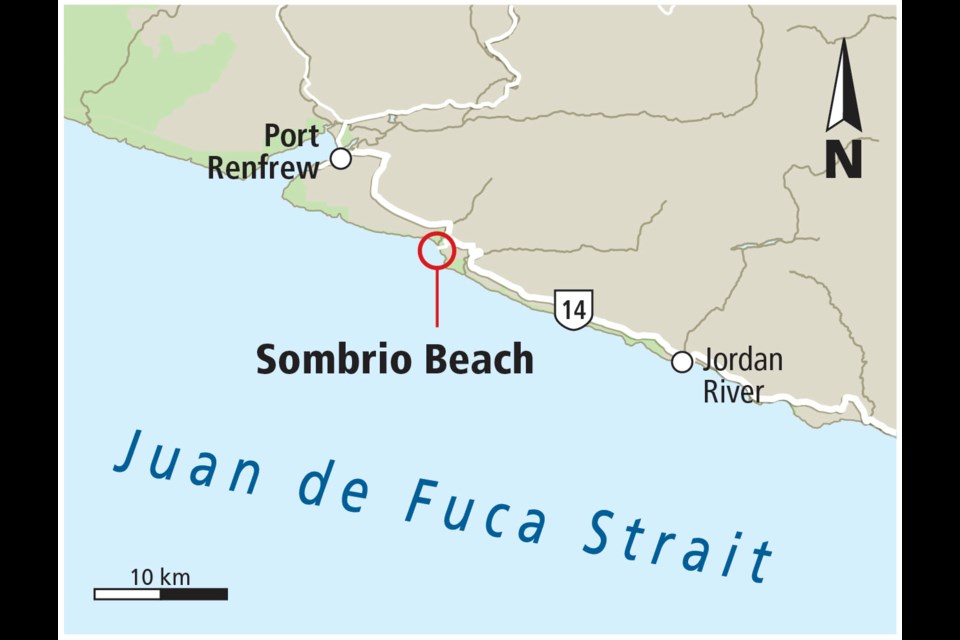A notorious cell phone dead zone between Sooke and Port Renfrew should be eliminated by fall.
The province said wireless infrastructure along a 70-kilometre stretch of Highway 14 will be in place by Oct. 31, connecting more than 1,200 households as well as emergency responders and the thousands of travellers who frequent the beaches and trails along the route.
The project will also bring cellular service to Port Renfrew, Shirley, Otter Point and Jordan River, as well as the Pacheedaht First Nation communities of Gordon River 2 and Pacheena 1.
A highway rest area near the entrance to Sombrio Beach, a popular surfing hotspot, will be upgraded to provide a Wi-Fi connection, improving safety and convenience for people passing through or coming to enjoy a view of the ocean or a hike down the trails, the province said.
The announcement is being welcomed by first responders.
“Like so many emergency responders, [we] have come to rely upon cellular service for voice and data communications,” said Vickie Weber, senior manager of Juan de Fuca Search and Rescue.
“Many online resources enhance our capability and response to people who may be having a life-threatening emergency.
“We know it will have a significant impact on any [search-and-rescue] emergency along this route,” she said.
Funding for the project is from the province’s Stronger B.C. Economic Recovery Plan, which included a one-time $90-million grant to the Connecting British Columbia program to expand high-speed internet and cellular access in rural and Indigenous communities.
The Connecting British Columbia program provides grants that help service providers with the costs of building infrastructure.
Rogers Communications has been selected to receive up to $4.9 million to build the cell tower infrastructure.
In a statement, Premier John Horgan, whose riding includes the area, said a cellular signal provides “peace of mind knowing you can stay in touch … and call for help if it’s needed. This investment will make a real difference for people.”



